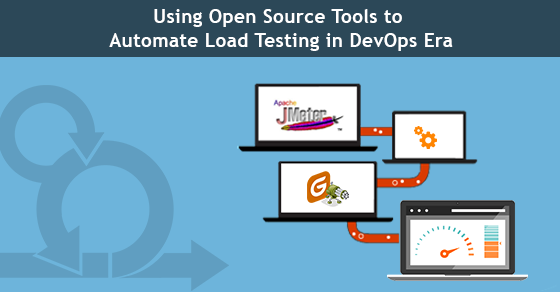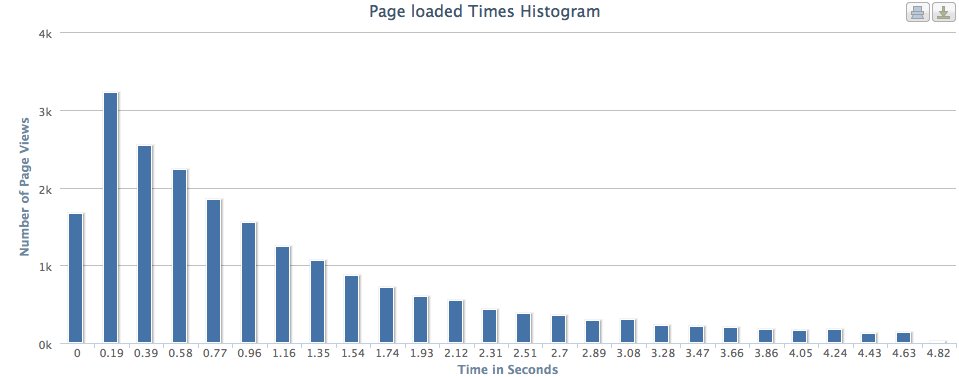Be honest, how many staggering e-commerce statistics do you come across during the course of the day? If you are anything like us it is likely to be quite a few, although there is good reason for this with online sales revenues expected to surge past the $1.5 trillion mark by the end of 2016.
Such exponential growth will create more opportunities in the e-commerce sector, although this in turn will drive more intense competition among firms and gradually squeeze market shares. It is therefore important that you look to optimise your online venture and the customer experience over time, otherwise you may miss out on an opportunity to capitalise.
In this article, we will look at the services that can improve your e-commerce venture and create a more satisfied consumer base: –
1. DevOps Tools and Services
Pioneered by Sogeti, DevOps include a range of features and services that enable you to deliver products to the market quicker and with fewer bugs or issues. If you are not familiar with this entity, DevOps represent a compound of development and operations and drive collaboration between different types of business software.

This type of assistance has become more important than ever in the modern age, particularly with e-commerce having driven customer expectations to an all-time high in terms of delivery, quality and customer service. This requires seamless and real-time interaction between all of aspects of the business and the software programs that oversee the production and distribution of goods.
From an online perspective, DevOps can leverage universal programming languages and technologies to streamline your e-commerce business, creating a more efficient venture and an improved customer experience.
2. Refresh Your Business Hardware Regularly
While software updates from brands such as Microsoft and Apple have always impacted negatively on older devices, the pace of advancement have driven more profound changes during the last decade. This can be extremely detrimental to your businesses online operations and e-commerce venture, as refreshing your software means little if it out-dates your hardware and computer networks (most contemporary software and OS upgrades are simply not compatible with old devices).

For individuals, this is a simple issue to overcome. If I want to sell my laptop, for example, I can immediately head online, enter my model number and get a quote from an online buyer
It is important to note that businesses have options too, which will help them to refresh their hardware regularly and drive e-commerce efficiency. Of course, they can look to sell their computers in bulk, or they could consider the option of leasing hardware. This affords them access the latest, cutting edge devices, while it also alleviates the burden of maintenance costs and delivers upgraded models at the end of each contract.
3. Use Analytics to Optimise Page Loading Speeds
For all e-commerce ventures, the speed at which their landing pages load is one of the single biggest factors to impact on their bottom line. It is thought that pages that take up to four seconds to load have an abandonment rate of 25%, which is quite staggering for such a seemingly short period of time.

With this in mind, it is crucial that you look to test and evaluate each landing page on your website, particularly those related to products ranges and the checkout process. You can use numerous services and analytical tools to drive this process, with Google Speed Insights arguably one of the most insightful.
This service is unique, as it highlights loading times and performs diagnostics to identify the root cause of any problems. It even suggests potential solutions, such as scaling down product images or removing cumbersome graphical elements.
